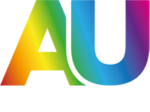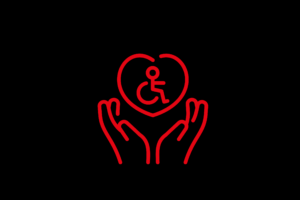The Prehistory of Autism
Autism was only given a name in the 1930s, but it’s important to remember that people like us are nothing new. For example, over 400 years ago in Elizabethan England, authors wrote about people who relied on social scripting, struggled with executive functioning differences or had unusual sensory sensitivities. More recently, people have theorised that historical figures including Thomas Jefferson and Albert Einstein were autistic.
We can never know for sure whether any one historical figure can be called autistic, but we can say with confidence that neurodiversity has been a fact of human life for a very long time.
The Early History of Autism
Fast-forward to the early 1900s. On their own, three different scientists each identified groups of traits that we now associate with autism. These scientists’ names were Grunya Sukhareva, Hans Asperger and Leo Kanner. These scientists lived during a complicated era in history; their work is important, but their patients were not always treated with kindness and respect. How they treated autistic people would not be acceptable today.
In the mid-1900s, autism was believed to be a very rare and mysterious condition. It was seen as a bad thing and psychologists sometimes wrongly claimed that autism was caused by incorrect parenting by bad mothers.
By the late 1900s, many experts believed that autistic children should be ‘treated’ with applied behavioural analysis (ABA). ABA is used to train people to behave in certain ways, and it is often used to train autistic people to seem ‘less autistic’ and more like a neurotypical person. We now recognise that behaviourist approaches like ABA are incredibly harmful to the wellbeing of autistic people, though they are unfortunately still used in many areas.
More Recent Autism History
In the 1990s, autistic people used the internet to form their own networks and think about ways they can stand up for themselves. These online pioneers embraced the radical idea that autistic people are valid, worthwhile, and beautiful people in their own right, and not broken versions of neurotypical people. This was the start of the Autism Acceptance Movement.
Autism acceptance faced some challenges in the early 2000s. There was more ‘awareness’ of autism than ever, but it wasn’t always positive or fair. A false claim that vaccines caused autism was widespread and caused many people to think of autism as something scary. Organisations such as Autism Speaks often focused on portraying autism as something that made life hard for the neurotypical family members of autistic people.
Autism Today
Despite the challenges they have faced, autistic advocates and their allies have been dedicated to changing how people view autism, so there is more understanding and acceptance of autism than ever before.
More recently, people have started more open discussions around not just autism, but neurodiversity; recognising and celebrating the wide variety of ways that human beings think and feel.
Being autistic still isn’t always easy; the world wasn’t made for us, and often people just don’t understand. We have come a long way though, and the future is looking brighter.



